All about Siberian mountain ash
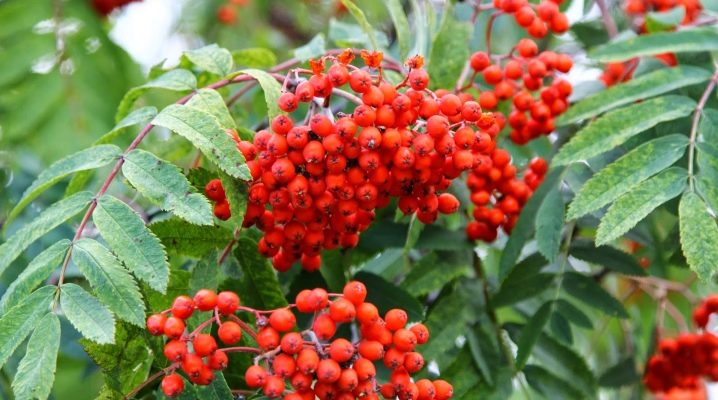
It is no secret that, regardless of the variety, rowan belongs to plants that have a unique appearance at all stages of life. We are talking about the decorativeness of the plant during the periods of flowering and active fruiting. Rowan berries have excellent taste, and also have a healing effect. That is why many novice gardeners are trying to learn everything about this culture, including breeding methods.
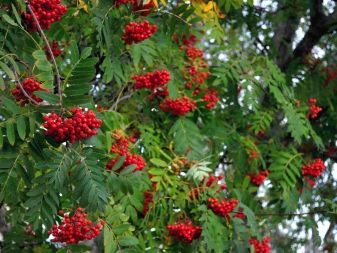
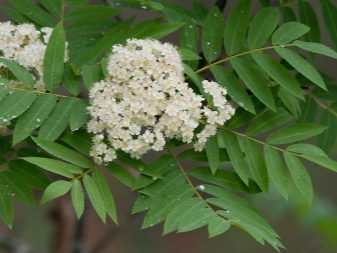
By the way, the ancient Slavs believed that this plant was able to protect the courtyard from various troubles.
Description
According to the botanical description, Siberian mountain ash belongs to the Rosaceae family. In this case, we are talking about a relatively small (3-10 m) tree. Its key features include the following points.
- The plant has odd-pinnate leaf plates, which grow in length and width to 10-20 and 8-12 cm, respectively. The upper part of the leaves is "naked" and has a green color. Their underside is usually grayish-green in color and may have a pronounced midrib.
- Rowan blooms with fragrant white flowers, each having 5 petals. At the same time, they form complex, rather wide and dense inflorescences of the thyroid type, the width of which can reach 10 cm. The flowering period occurs in May-June.
- The fruits are spherical berries with a red or orange color. Their diameter, as a rule, does not exceed 1 cm, and there are up to 8 seeds inside. These berries are arranged in bunches of up to 50 pieces each. The fruits fully ripen in the autumn, and they can remain on the trees throughout the winter.
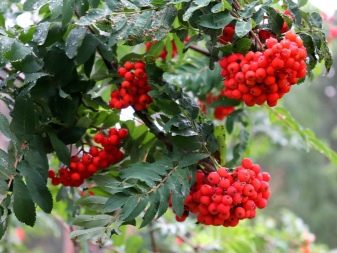
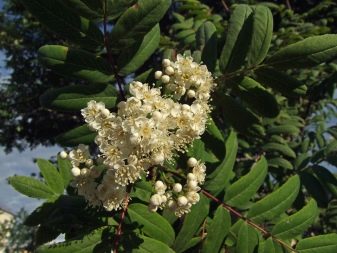
It is the bunches of rowan berries that should be given special attention. The described plant bears fruit every year, while giving a rich harvest. After the first frost, the berries become attractive to many representatives of the forest fauna, and especially to birds. The composition of rowan fruits contains:
- complex of vitamins;
- flavonoids and carotene;
- Sahara;
- ascorbic, malic, as well as citric, folic and sorbic acids;
- tannins,
- alcohol;
- sorbitol, pectins and essential oil;
- manganese and aluminum;
- iron and copper.
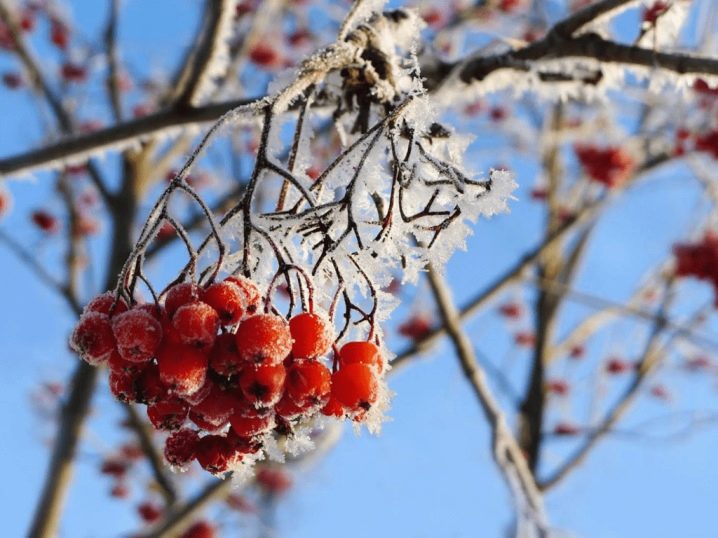
In the first stages of life, rowan grows and develops quite actively. Often, by the five-year anniversary, the trees reach a height of 1.5 meters. The plant in its natural habitat reproduces successfully by seeds. In this case, the life expectancy reaches 200 years.
Where does it grow?
The described type of mountain ash is widespread enough... The geography of its habitat covers the vastness of the Far East, as well as forest and forest-steppe regions of Siberia. The plant is able to climb high enough in mountainous areas. Siberian rowan is found in Altai, in the Kemerovo and Tomsk regions, as well as in Altai and in the Krasnoyarsk Territory.

Conditions favorable for growth, development and fruiting are:
- mixed forests;
- coniferous undergrowth;
- river banks;
- forest glades and edges;
- pine forests;
- forest-steppe zones.

It is worth noting that mountain ash has a negative attitude to saline and excessively dry soils... Today, slender trees with a compact crown, representing this species, can be seen on the streets, as well as in squares and park areas.
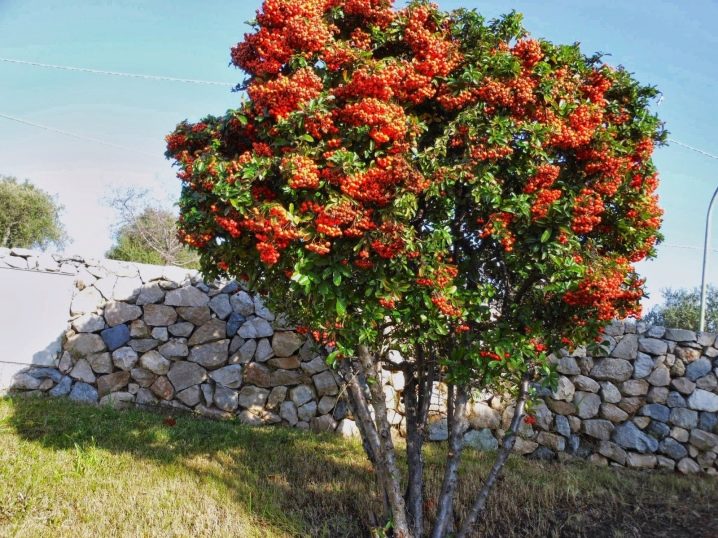
Planting and leaving
Given the potential height of the trees, many gardeners prefer to plant rowan trees at the border of the plots to avoid shading certain areas.... For example, it is a good idea to place plants along the northern perimeter.
The culture can grow even on depleted soil, however, light and medium loams, which will retain moisture well, will be a more suitable option.
Future trees are planted at intervals of 4 to 6 meters. Previously, it will be necessary to dig the planting holes with a depth of 0.6-0.8 meters. The ideal filler for them will be a soil mixture from compost soil and a surface fertile layer with the addition of superphosphate, ash and 3-year-old humus. After planting, the seedlings will definitely need to be watered well.
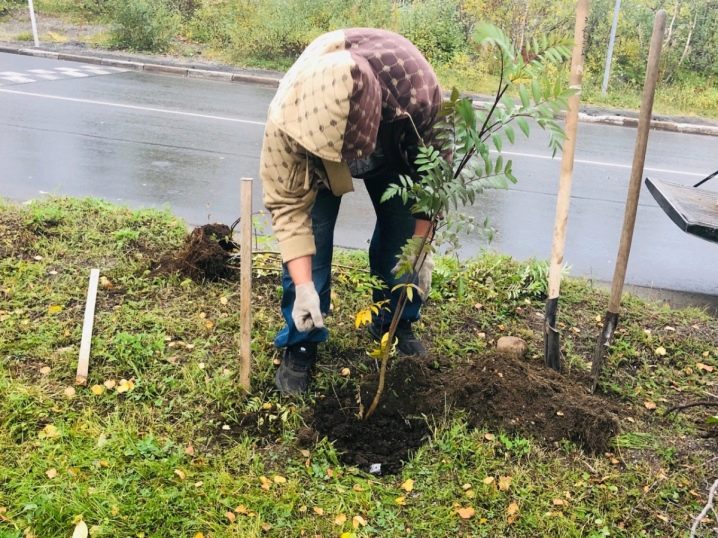
After planting, care for mountain ash will consist of standard agrotechnical measures, namely:
- timely and high-quality weed removal;
- getting rid of the stock;
- top dressing of the soil;
- watering;
- regular loosening of the soil.
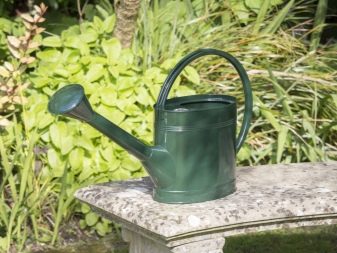
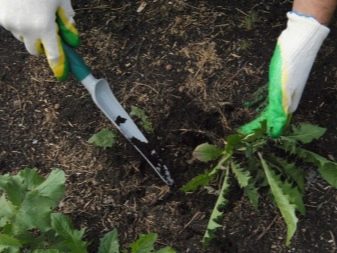
In addition to all of the above, do not forget about mulching the near-trunk zone. On it, you can create a protective layer of pine needles, straw or hay. Also, experienced gardeners recommend taking care that puddles form in these near-stem circles during the flowering period after watering.
Another important point is rowan pruning, the purpose of which is to create conditions for uniform illumination of the entire plant.... This approach maximizes yields. It is important to take into account the pyramidal shape of the crown and the fact that the shoots from the trunk diverge at sharp angles, and this negatively affects their strength. That is why it is recommended, within the framework of the formation of skeletal branches, to display them perpendicularly or at an obtuse angle. It should also be clarified that the described procedures are carried out before the swelling of the kidneys, that is, in early spring.
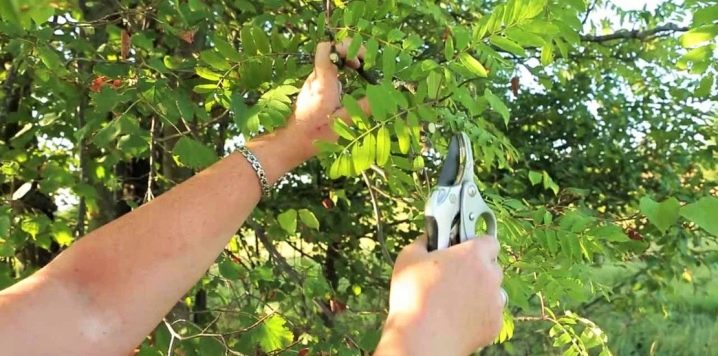
They begin to feed young trees in the third year of life. Three times the introduction of minerals has proven itself best. So, in accordance with the rules and taking into account the period per square meter of planting, the following fertilizer rates are accounted for:
- before flowering - nitrogen (20 g), potash (15 g) and phosphorus (25 g);
- in the summer - 10 g of potash, 10-15 g of nitrogen and phosphorus;
- after harvesting - 10 g each of potash and phosphorus.
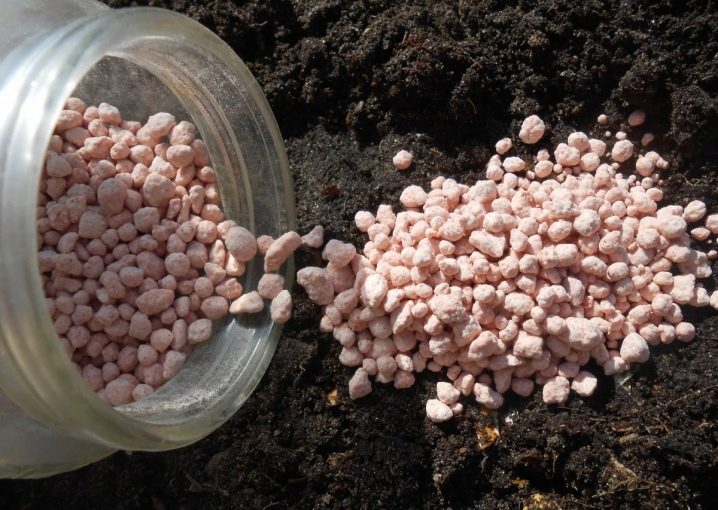
It is important to remember that the listed fertilizers are embedded at a shallow depth and slightly dug up. A mandatory step in this case is abundant watering.



































































The comment was sent successfully.